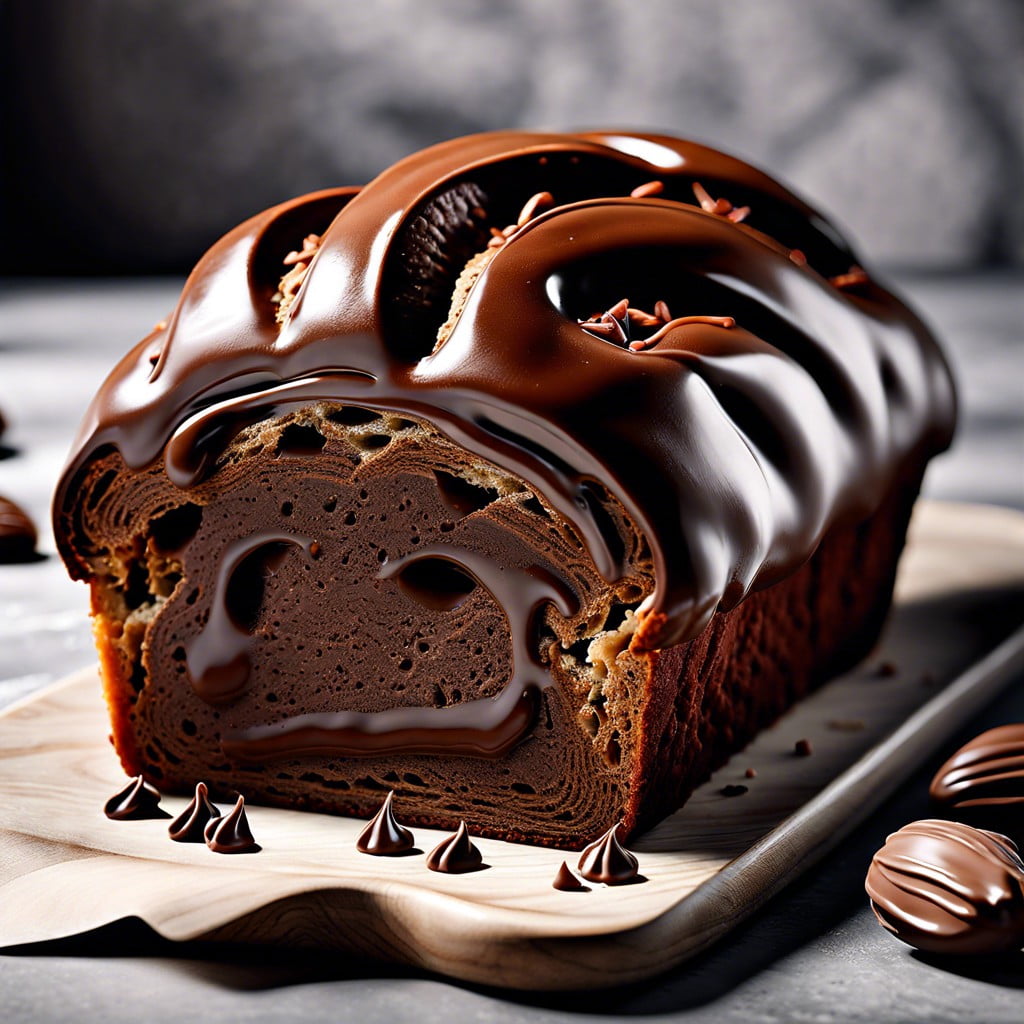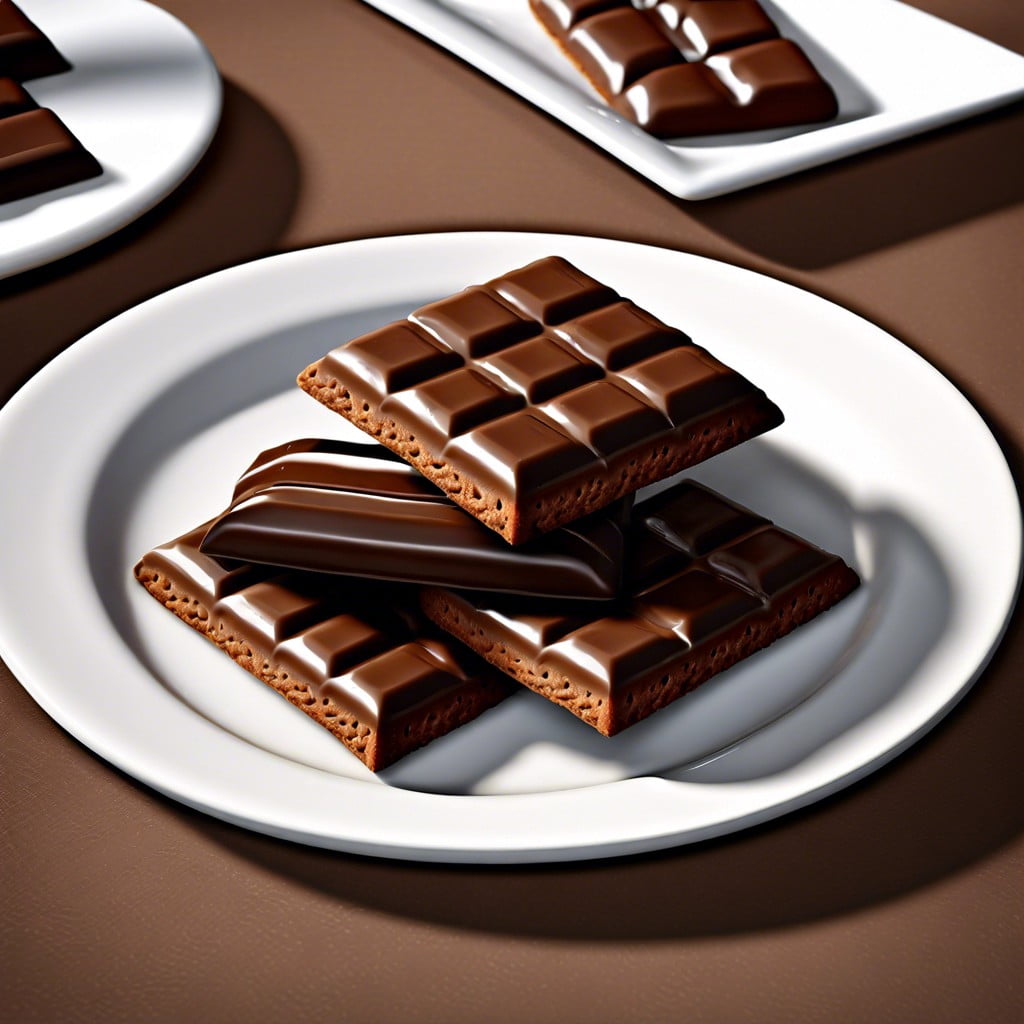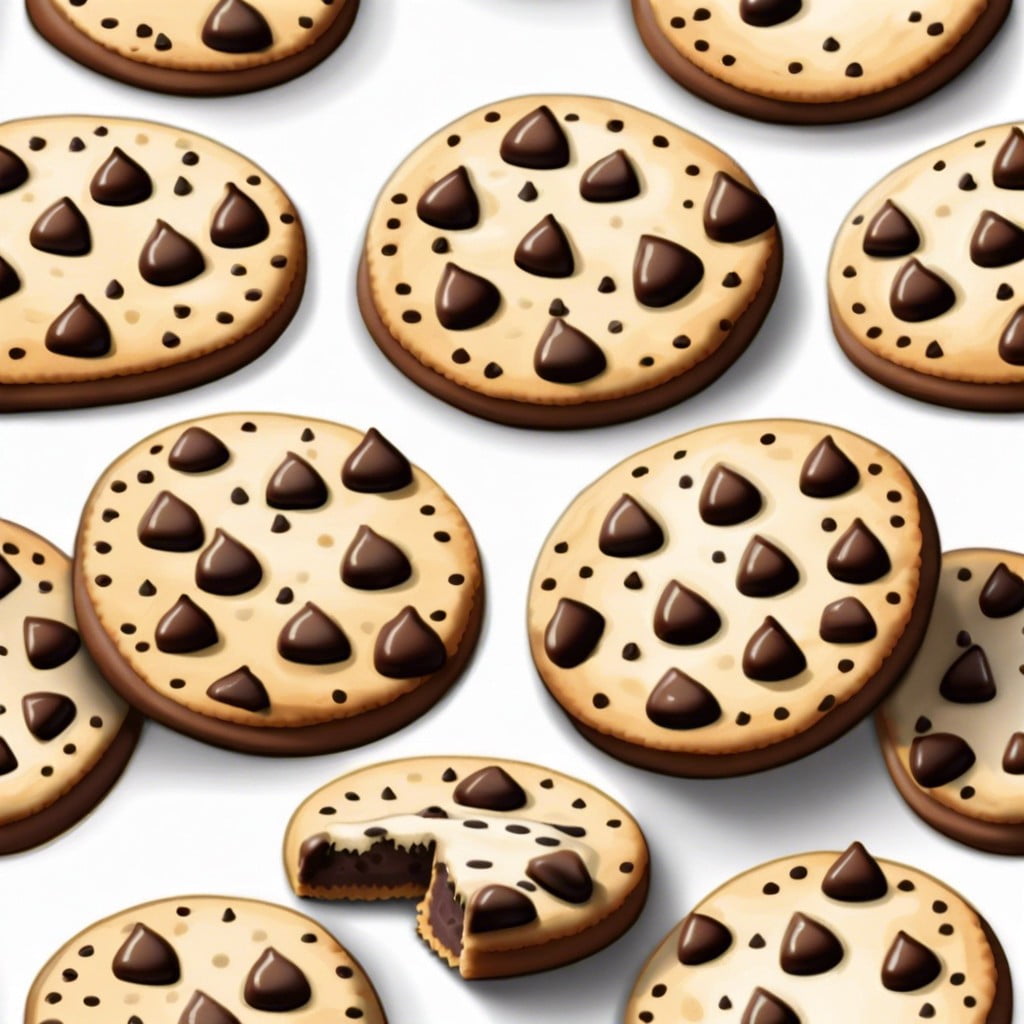Discover the art of tempered chocolate, a key process for achieving glossy, crisp confections perfect for crafting superior sweets.
Key takeaways:
- Tempered chocolate has a smooth, glossy finish and satisfying snap.
- Tempering enhances appearance and overall sensory experience of chocolate.
- Precise temperature control is crucial for successful chocolate tempering.
- To temper chocolate, melt, cool, and then reheat to specific temperatures.
- Use dry surfaces, monitor temperature closely, and be patient when tempering.
Inside
Definition of Tempered Chocolate

Tempered chocolate is chocolate that has been heated and cooled to specific temperatures to stabilize it. This process aligns the cocoa butter crystals, giving the chocolate a smooth, glossy finish and a satisfying snap when broken. It’s what prevents the chocolate from melting easily on your fingers.
The main reason for tempering is to produce a chocolate that is ideal for crafting high-quality candies and desserts. Without tempering, chocolate can appear dull, have a brittle, crumbly texture, and may develop a white bloom from fat or sugar crystals rising to the surface. Thus, the tempering process not only improves appearance but also enhances the overall sensory experience of the chocolate.
Importance of Tempering Chocolate
Tempering chocolate stabilizes it through a meticulous heating and cooling process, ensuring the final product has a smooth, glossy finish and a satisfying snap. This is crucial for professional-looking candies and chocolate creations that don’t melt easily in your hand.
Firstly, tempered chocolate exhibits a shiny, appealing appearance, making it highly desirable for crafting high-quality confections. The process aligns the cocoa butter crystals in the chocolate, which contributes to this visually appealing texture.
Secondly, when chocolate is well-tempered, it’s more resistant to developing a dull, grainy texture known as “bloom.” Bloom occurs when cocoa butter separates from the cocoa solids, often due to incorrect temperature handling. Tempered chocolate maintains its quality over time, both in aesthetics and taste.
Lastly, the snap of properly tempered chocolate provides not only a tactile satisfaction but also indicates its quality. A crisp, clean break when snapping a piece of chocolate suggests it has been tempered correctly, serving as an auditory and physical confirmation of professional craftsmanship.
Basic Principles of Chocolate Tempering
Chocolate tempering is a process that stabilizes chocolate for a glossy finish and a satisfying snap. This involves heating and cooling the chocolate to precise temperatures to properly align its cocoa butter crystals.
The ideal temperature for melting depends on the type of chocolate: dark chocolates melt at about 115°F (46°C), milk chocolates at about 110°F (43°C), and white chocolates at around 108°F (42°C).
After melting, the chocolate needs to cool. Dark chocolate should cool to about 82°F (28°C), milk chocolate to 80°F (27°C), and white chocolate to 78°F (26°C).
Once cooled, the chocolate is reheated slightly to a working temperature, where dark chocolate hits roughly 90°F (32°C), milk chocolate around 86°F (30°C), and white chocolate near 84°F (29°C).
This cycle of controlled temperature changes ensures the chocolate sets properly when cooled for the final time. This handling allows for that appealing sheen and crispness when broken.
How to Temper Chocolate
Tempering chocolate can seem like a magical process, transforming it into a glossy, crisp confection. To start, you’ll need finely chopped high-quality chocolate, a heatproof bowl, and a thermometer.
First, melt about two-thirds of your chocolate over a hot water bath or a double boiler. Stir frequently and monitor the temperature closely; for dark chocolate, aim for 115°F (46°C), milk chocolate 110°F (43°C), and white chocolate 108°F (42°C).
Once melted, remove the bowl from heat. Add the remaining one-third of solid chocolate to the melted chocolate, continuing to stir. This introduces seed crystals, encouraging the formation of stable chocolate crystals.
Keep stirring until the temperature drops to about 84°F (29°C) for dark chocolate, 81°F (27°C) for milk chocolate, and 79°F (26°C) for white chocolate. This cools the chocolate, making it thicker and glossier.
Finally, reheat the chocolate slightly to make it easier to work with: up to 88-90°F (31-32°C) for dark, 86-88°F (30-31°C) for milk, and 82-84°F (28-29°C) for white. Now, your chocolate is ready for dipping, molding, or drizzling! Remember, the key is to keep an eye on the temperature and maintain gentle, constant motion for that perfect finish.
Tips for Successful Chocolate Tempering
Achieving perfect tempering can feel like walking a tightrope, but fear not! With a few tried-and-true pointers, you’ll be mastering this essential chocolate skill in no time.
Firstly, ensure the working surface and tools are completely dry. Even a small drop of water can cause the chocolate to seize, turning your smooth melt into a gritty mess. It’s akin to trying to mix oil and water!
Secondly, use a thermometer to monitor the chocolate’s temperature meticulously. Precision is key, as even a few degrees off can ruin the tempering process. Think of it as hitting the bull’s-eye on a dartboard—accuracy is crucial.
Finally, practice patience. Let the chocolate cool gradually. Rushing this step might sound tempting, especially if you’re keen on a chocolate fix, but good things come to those who wait. Allowing the chocolate to stabilize slowly helps in forming the desired crystal structure, ensuring that glossy finish and satisfying snap.
By sticking to these tips, you’ll turn the tempering process from daunting to doable—and maybe even delightful!




